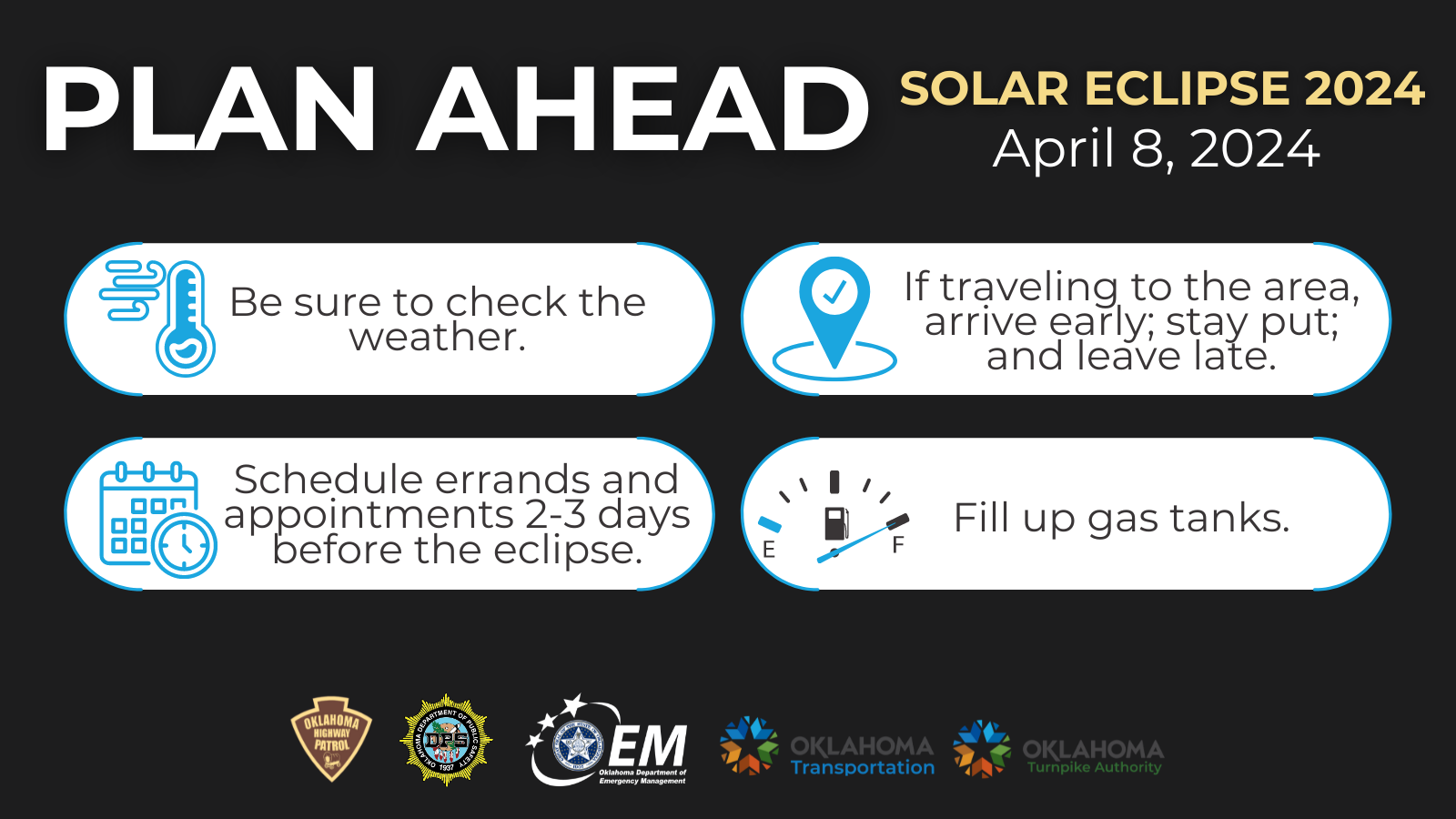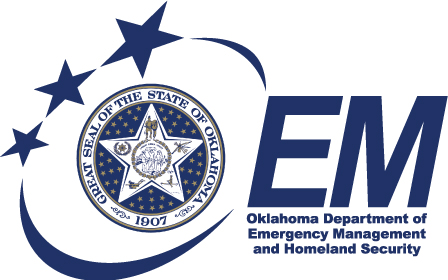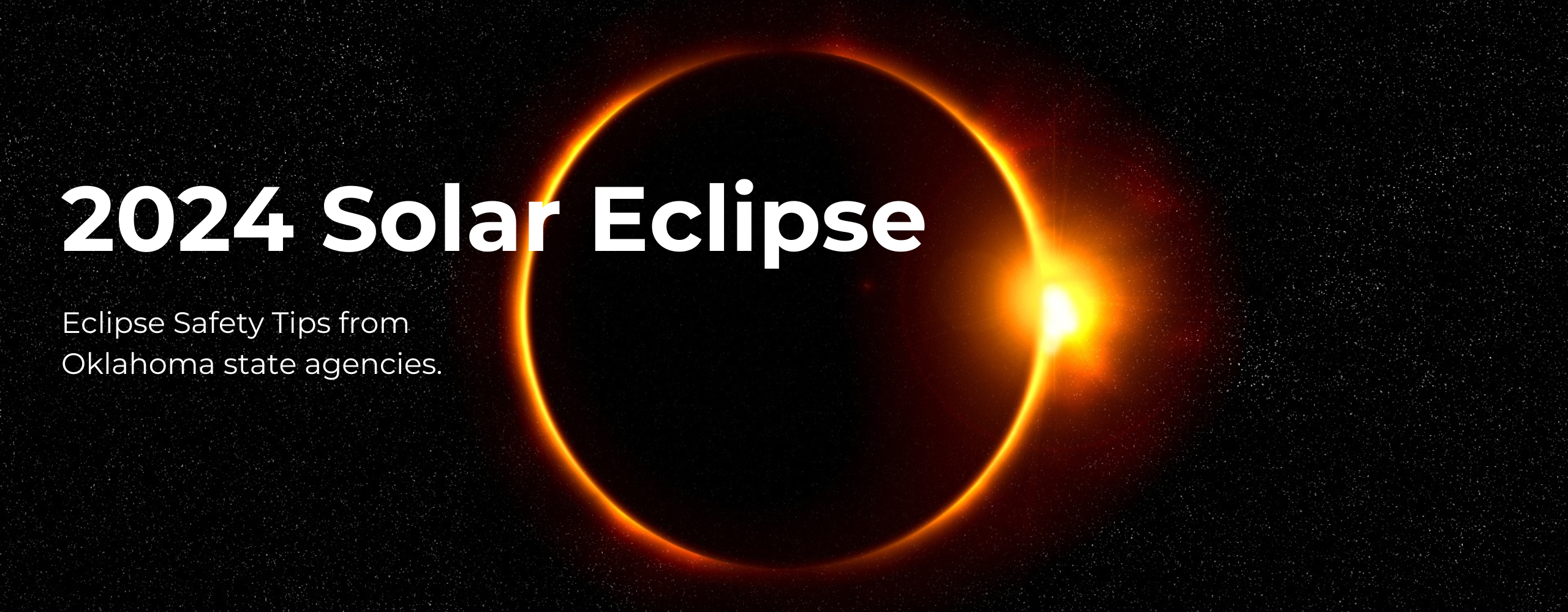Eclipse Safety Tips
Multiple state, county, and city agencies have been preparing for months for the 2024 eclipse event on April 8, 2024. Parts of southeastern Oklahoma will experience a total solar eclipse.
Oklahoma is expected to receive an influx of anywhere from 17,000 to 66,000 visitors to watch the solar eclipse, according to a study conducted by the GreatAmericanEclipse.com. Visitors will likely watch the eclipse within the path of totality in which the moon will completely block out the sun. This stretches across southeastern Oklahoma. The path of totality will completely cover McCurtain County, and partially cover Choctaw, Bryan, Atoka, Pushmataha, Latimer, and Leflore Counties. The eclipse will pass over Oklahoma starting at 1:44 p.m. CDT and end by 1:51 p.m. CDT on April 8, 2024.
The large influx of visitors to southeastern Oklahoma could overwhelm and backup the area's road systems. The major highways in the area are US-70, US-259, and State Highway 3. These roads are mostly two-lane highways passing through small towns.
Oklahoma state agencies are encouraging residents and visitors to follow the recommended tips below for safe and fun eclipse viewing.

What to Expect
- Increased tourists and visitors
- Increased traffic
- Maximum capacity in hotels, cabins, campgrounds
- Decreased quality of cellular service
- Delays in supply chains and deliveries
- Increased emergency response times
Plan Ahead
- Schedule errands and appointments two to three days before the eclipse.
- Fill up gas tanks.
- Buy and stock up on groceries.
- Have several forms of communication, not only cellular.
- Be sure to check the weather.
- If traveling to the area, arrive early; stay put; and leave late.
Safety Tips
- Don't stop along roadways or the shoulders of roadways.
- Exit the roadway to view or photograph the event.
- Don't take photographs while driving.
- Turn your headlights on.
- Watch out for pedestrians.
- Don't pick up hitchhikers.
- Prepare for congestion on the day before, day of, and day after the eclipse.



